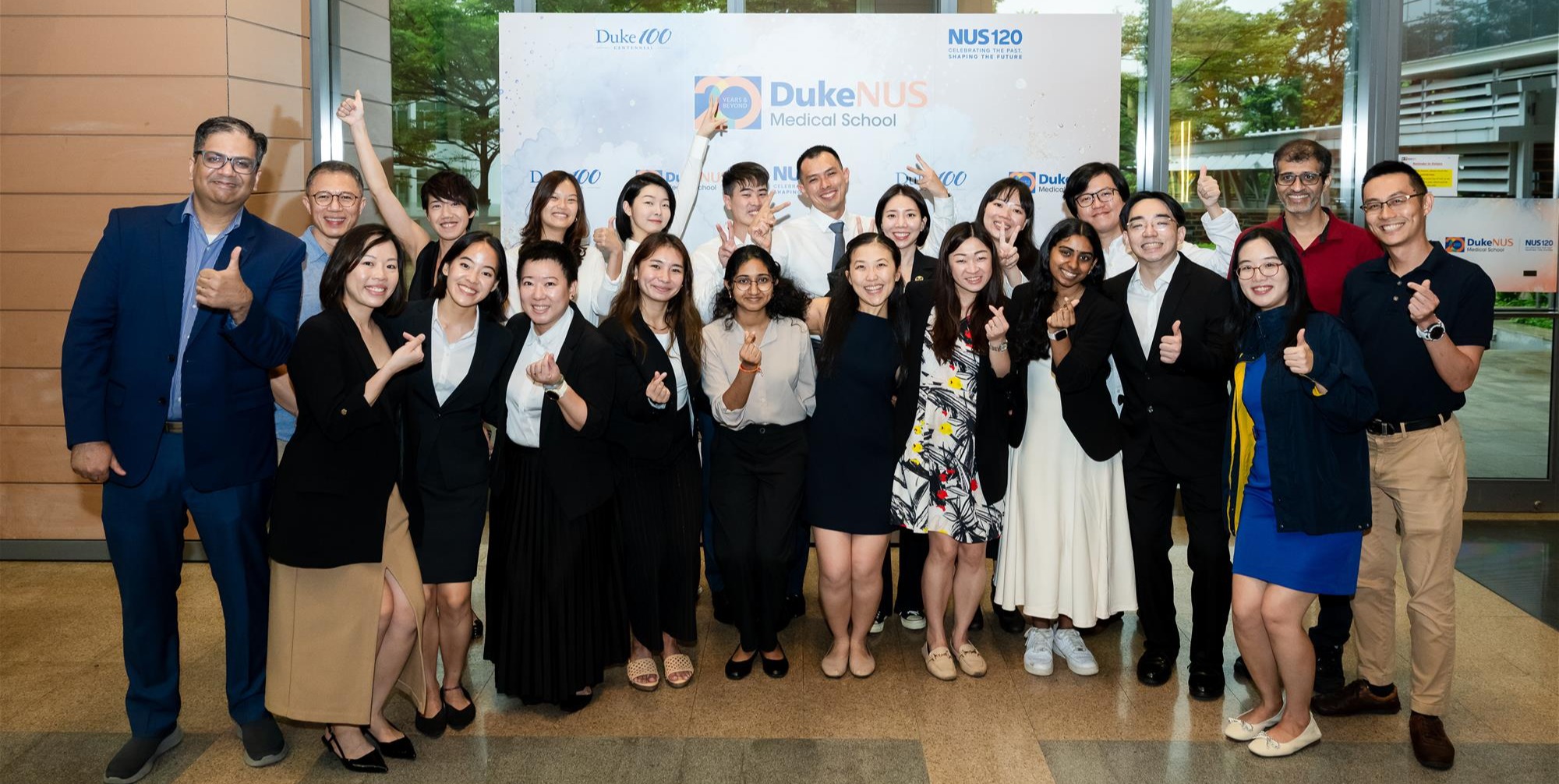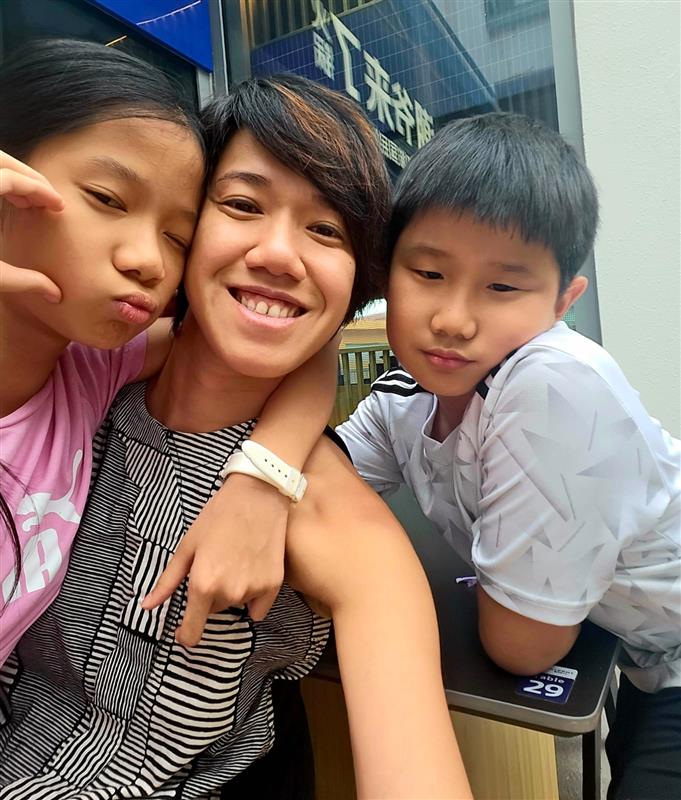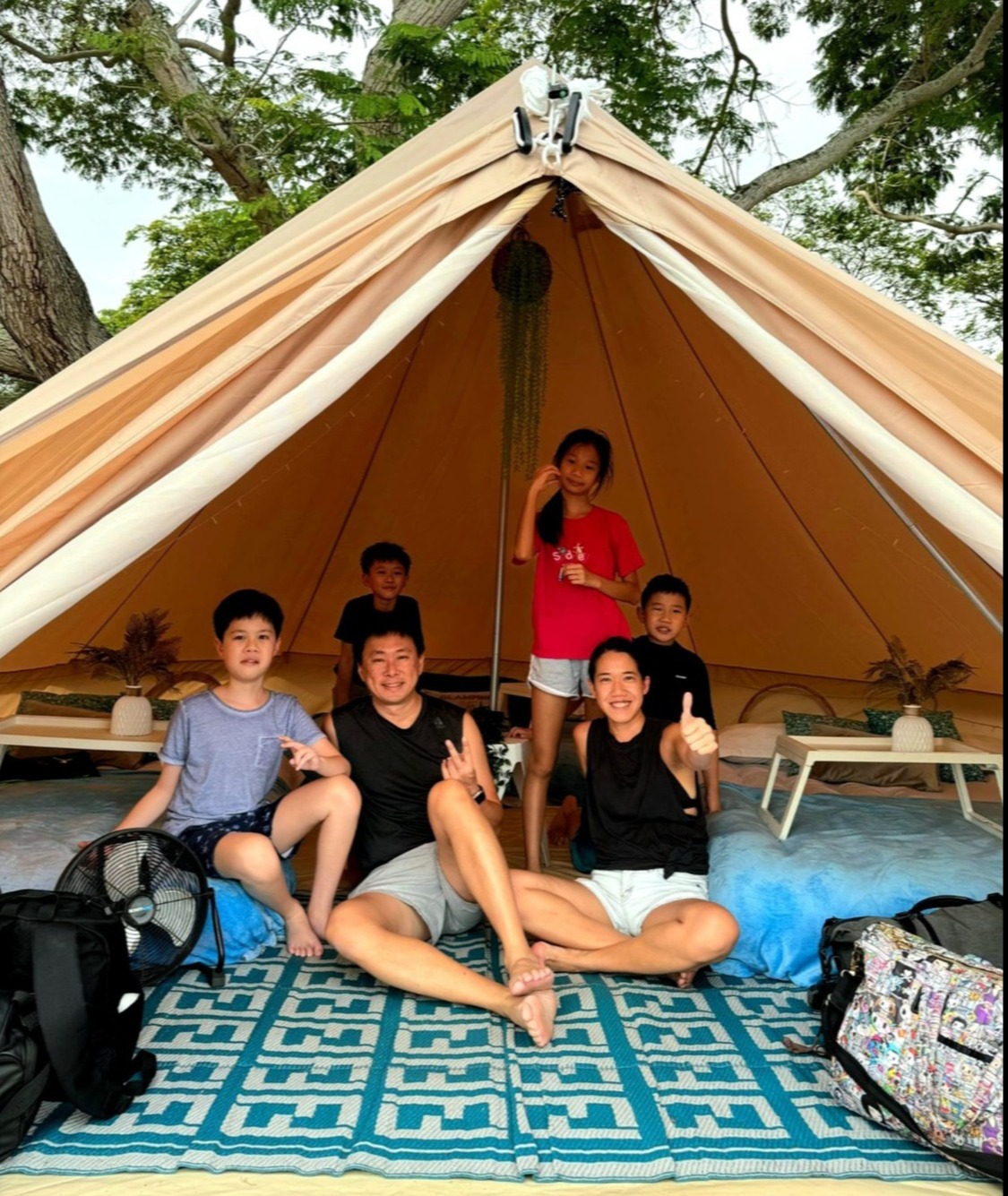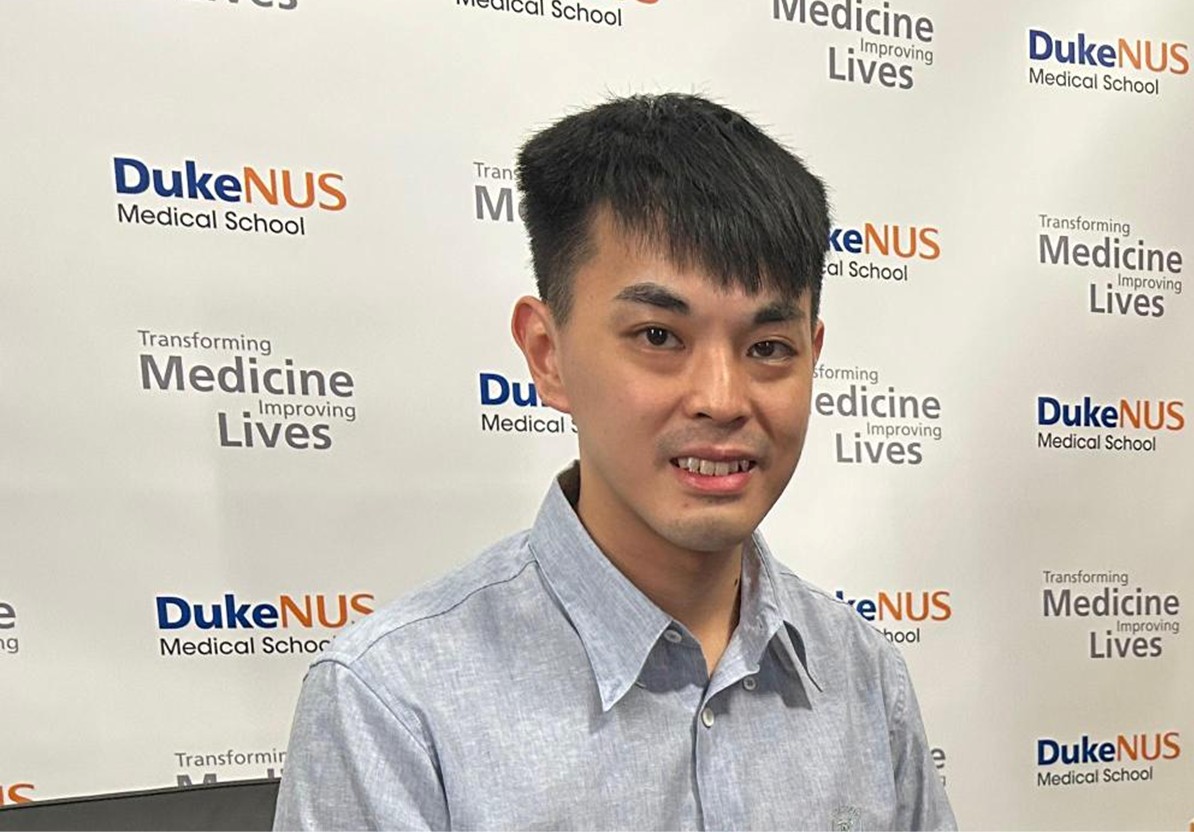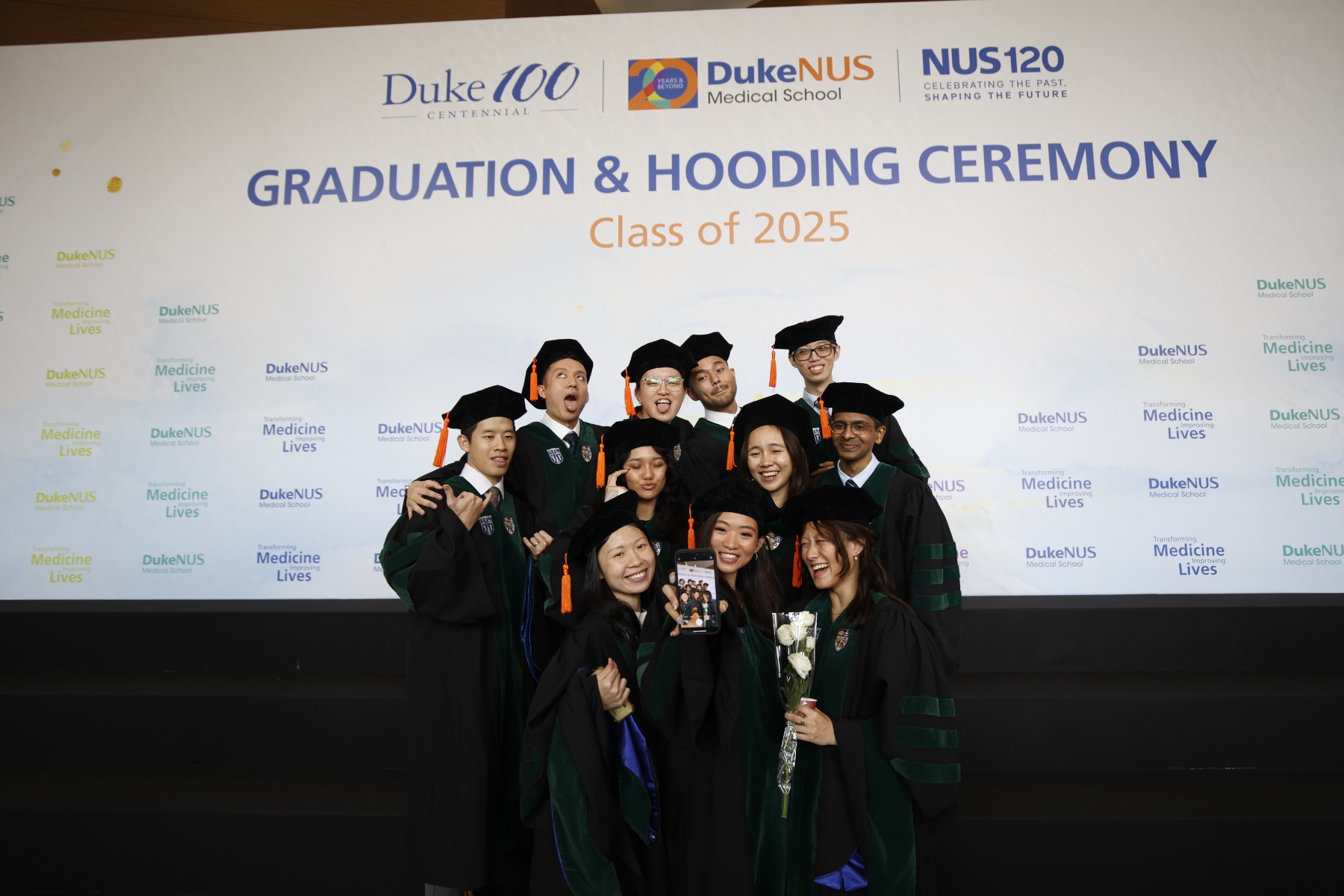I was just 14 years old when I decided I wanted to be a surgeon—an ambition that would usually make any parent joyful and proud.
But not mine.
Maybe it was the way I put it. I told them I wanted to chop people up.
My parents, typical strait-laced businesspeople, were aghast.
Despite that, I stayed true to my childhood ambition. I have been a surgeon for more than 20 years, operating on patients who have conditions of the thyroid and parathyroid gland, such as thyroid cancer.
I just wanted to help people and I thought the best way to do so was to rid them of their disease.
But my path to healthcare wasn’t quite so straightforward.
My parents were not supportive of their daughter doing medicine.
From their friends who were doctors, they saw how tough life in the profession was and did not want that kind of life for me. There are better ways to make a living, they told me. I could also give back to society or volunteer my time.
To appease them, I did my undergraduate studies in Biomedical Engineering at the University of Michigan, Ann Arbor. But even there, I found my way back to healthcare.
For my final-year project, I was part of a team working with a neurosurgeon to create a brain stimulation device for patients with Parkinson’s disease. I saw first-hand, how technology can improve the lives of patients.
It only strengthened my resolve to study medicine. After graduating summa cum laude with a BSc in Biomedical Engineering, I joined the inaugural batch of Duke-NUS Medical School students.
In medical school, I fell in love with surgery. I like to think I’m pretty good with my hands. It’s also related to my character—I’m generally very impatient. After surgery, I get almost instantaneous outcomes: My patients get better.
I also get to use many medical devices in surgery: I approached this with a sense of wonder—it was as if a whole new world had opened up to me. That was when I realised I really wanted to invent my own medical device. But at that time, I didn’t understand how to develop an idea into reality and benefit patients.
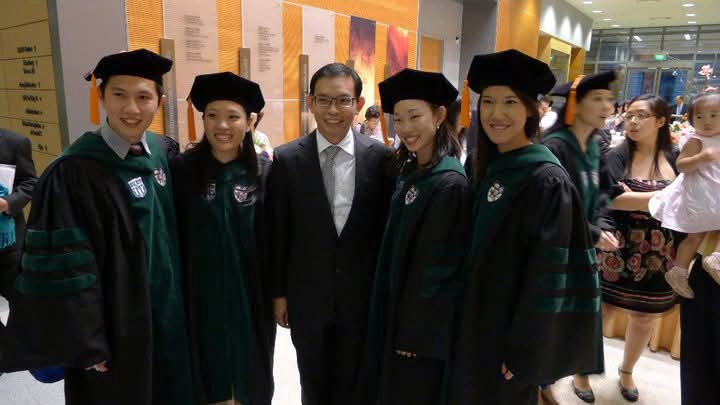
In 2013, as a second-year resident doing my rounds in head and neck surgery, I had breakfast with Clinical Associate Professor Tan Hiang Khoon, who was then a consultant at Singapore General Hospital. I shared my vision at that time: Inventing a device that mimics the functions of the anal sphincter to treat incontinence.
Far from dismissing my idea as crazy, Tan encouraged my interest, passing me a brochure on health-tech innovation. I was so intrigued, I made the bold decision to take some time off my residency.
In 2014, I was one of four fellows selected nationally in the Singapore-Stanford Biodesign Programme, a year-long fellowship that trains and nurtures the next generation of medical technology innovators for Singapore and Asia.
That was where I met the co-founders for my first startup. We set up Privi Medical to produce a device that provides hassle-free, instant cold relief for patients with haemorrhoids in the privacy of their own homes.
We won S$100,000 in a competition for our startup. That’s when I got addicted. I loved the high from winning.
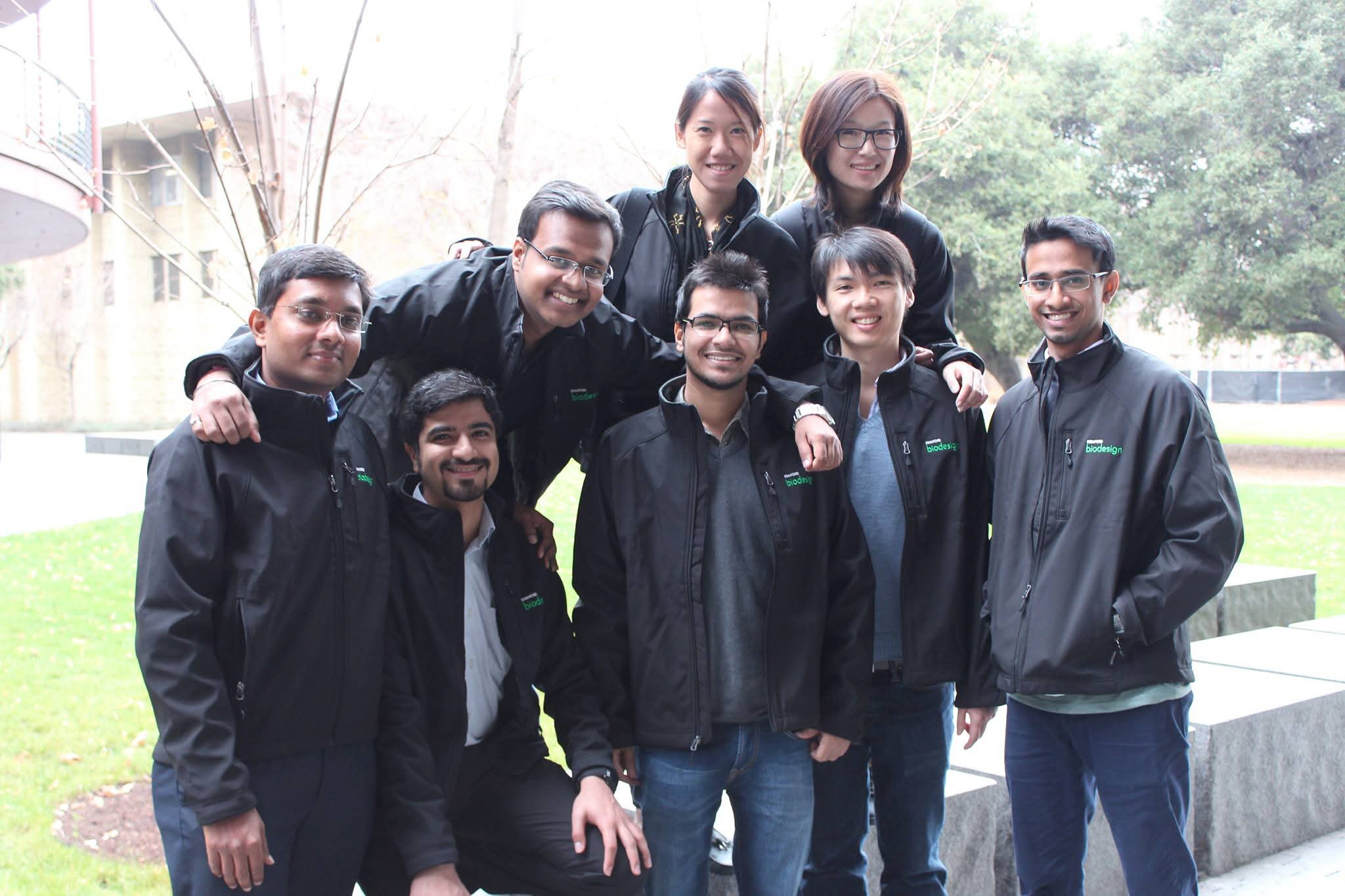
The year after, I took part in a hackathon, and was fortunate enough to meet my co-founders for the second startup I was involved in, Jaga-Me. We came up with a service to match elderly patients requiring home care with certified care aides and nurses.
The satisfaction hits me when my product finally reaches market. In the process, I learnt that I needed to have resilience, to be gung-ho, to push my project all the way.
It’s about figuring it out and hustling. No one is going to tell you how to do it. You need to go and figure it out yourself. Eventually, you will get there.
But it’s not going to be an easy journey. At times, it’s quite a lonely road. You will meet naysayers. But perhaps it’s the rebellious streak in me that pushes me to go on. If you say “cannot do”, I will say “can do”.
And that was one of the reasons why I started the Duke-NUS Health Innovator Programme (DHIP) in 2023, a first-of-its-kind programme in Singapore that assembles a multidisciplinary student team to work on an unmet clinical need, while being closely mentored by dedicated industry and clinical mentors.
I wanted to guide students who are keen on healthcare innovation, to provide them with more support. Now into our fourth year, we’ve seen DHIP expand and becoming a launchpad for more collaborations.
But there is so much more potential to it. Using DHIP, I applied for a fellowship that gathers outstanding mid-career leaders from the region and invites them to the United States to develop a project and launch dynamic collaborations with their American counterparts.
In December 2024, I found out that I had been accepted. From October, I’ll be spending 1.5 months in the US as part of the Eisenhower Fellowships 2025 Southeast Asia Programme.
I aim to visit top academic medical and research institutions in the US, especially in areas where universities, hospitals and major healthcare companies have close relationships. I hope the interactions that result will help us to increase the number of private-public collaborations between academia, hospitals and the med tech industry. Focusing on nurturing innovation talent, we hope to co-develop better medical devices and establish a shorter pathway to commercialise new technologies.
Moving forward, I hope to develop DHIP through even more systemic partnerships in Singapore and our Southeast Asian region, so we not only train our students well to meet manpower needs but also help address industry pain points.
We are now looking at the sustainability of the programme, whether we can get revenue from various sources, such as securing sponsorships from corporations. We also have hopes for DHIP to expand regionally, perhaps in the form of short courses targeting learners who wish to access the innovation ecosystem in our region.





